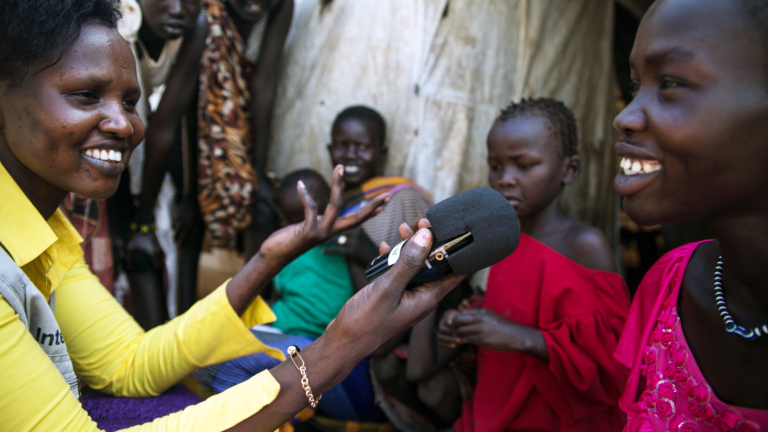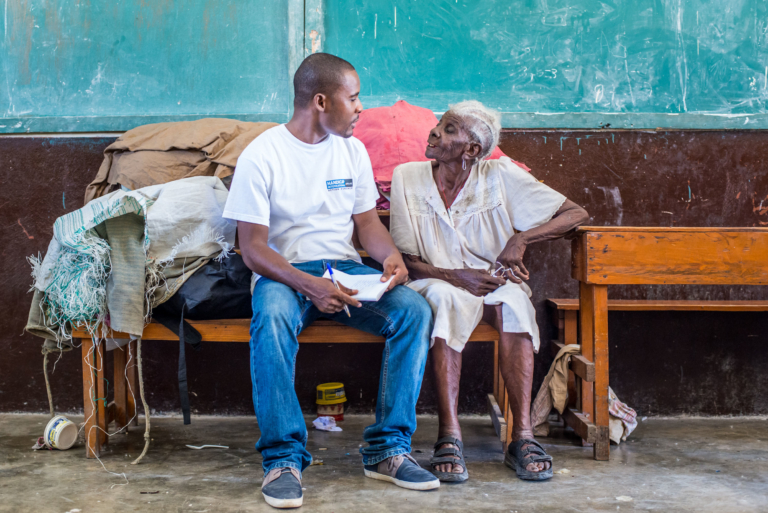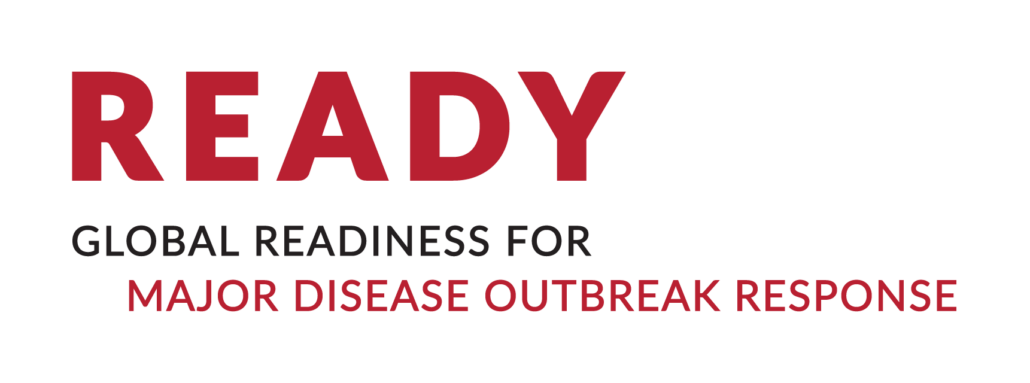What are RCCE Roles and Responsibilities?
The following provides an example of typical RCCE roles and responsibilities that can be assigned within an organization and recruited locally. These roles may be interrelated and should be adapted by organizations based on their resources and needs. For more information on RCCE roles and responsibilities, such as example job descriptions, see the tools under Planning Human Resources / Staffing for RCCE.
RCCE focal person
Oversees a range of RCCE approaches, including community engagement, media engagement, social science/SBC, health promotion, community feedback, and rumor control. This includes ensuring that RCCE is financed and incorporated into emergency preparedness and response plans and within relevant response teams. This role is responsible for defining RCCE strategies, building staff capacity, engaging with partners, and participating in national and/or subnational coordination mechanisms. It may also include adapting operational and safety protocols and making decisions on in-person/remote work approaches.
Community engagement specialist (or Community engagement and accountability to affected populations specialist)
This person may be assigned to the role of RCCE focal person or may work with an RCCE focal person with broader skills. The role oversees the design, training, and implementation of participatory community engagement and organizes its logistics, identifying vulnerable and marginalized populations and maintaining contacts and partnerships with community leaders and groups. It may include setting up complaint and feedback mechanisms, planning assessments and other activities to increase understanding of communities’ priorities, raising awareness about local cultures and dynamics, working with communities to identify community influencers and special groups that can help with community engagement, and supporting communities or partnering with them to develop a community response plan. It also involves liaising with partners or social scientists to ensure the inclusion of social science data in the community engagement plan.

Social and behavioral scientist
Responsibilities for this role may include planning and designing social science research that reveals risk perceptions and drivers of behaviors related to the disease outbreak. Research should be collaborative, draw on local expertise, and respond to communities’ knowledge, capacities, and needs.
Social/community mobilizers
Mobilizers should be recruited from affected communities and play an important role in identifying and reaching community members and hard-to-reach community groups. They also ensure that communities are engaged in local languages and with an understanding of the context. They help build buy-in and trust. Trained mobilizers can conduct assessments, make door-to-door home visits to engage in two-way conversations about disease prevention, or engage groups in community dialogues. Some also use digital platforms such as social media to share key messages. Mobilizers include local volunteers or incentivized or paid front-line workers, and often include community health workers or community groups (such as youth groups).

Various external partners also conduct RCCE, such as:
Formal/informal community leaders and local authorities
Community leaders are from a specific geographical area or belong to specific groups with a shared interest (e.g. IDPs). They can be traditional leaders, such as village chiefs, or non-traditional leaders, such as heads of women’s groups or religious leaders. Involving trusted community leaders in the design and implementation of response efforts is key to gaining communities’ trust, identifying and addressing barriers and ways to increase the acceptance of interventions and/or the uptake of behaviors and norms, identifying local resources and actions to control an outbreak and its impacts, and influencing community members to adopt practices.
Community members
Community members must be active in the community engagement process. They have the potential to further define barriers in or facilitate the acceptance and uptake of different behaviors, and to identify and act on locally acceptable solutions. Community members and “positive deviants” (individuals who practice optimal behaviors even if they are not the norm, or despite other hardships and challenges) can serve as champions to share their experiences and promote certain behaviors and their benefits, thus potentially increasing adoption by others.
Community groups and influencers
Community groups and influencers who are trusted, particularly to provide health information, can conduct outreach, engage communities in dialogues, demonstrate positive behaviors and norms, and address barriers. Examples include community health committees, religious groups, scientists and health workers, women’s groups, youth groups, various trade associations (e.g. taxi drivers, hairdressers), traditional healers, sports figures, celebrities and more.
Media partners
Media partners may include radio, TV, and print outlets, journalists, and social media influencers. In addition to providing information, media can be used to engage communities with local experts and influencers in local languages. Journalists should be trained to provide accurate information about the outbreak to reduce the spread of rumors and misinformation. Radio programming, for example, can include interactive elements that allow listeners to engage with hosts and guests via phone calls or SMS to answer questions or concerns. Radio and TV dramas can engage and influence individuals with compelling storytelling that demonstrates the benefits and consequences of certain actions and inaction. Social media influencers can also spread messages and engage in two-way dialogues.
Civil society and NGO partners
Agreements with civil society and NGO partners can be made to support outreach to and engagement with communities, and to fill gaps in expertise and services. They can also be made to address additional community-level needs, such as WASH, protection, or livelihoods, among others.

